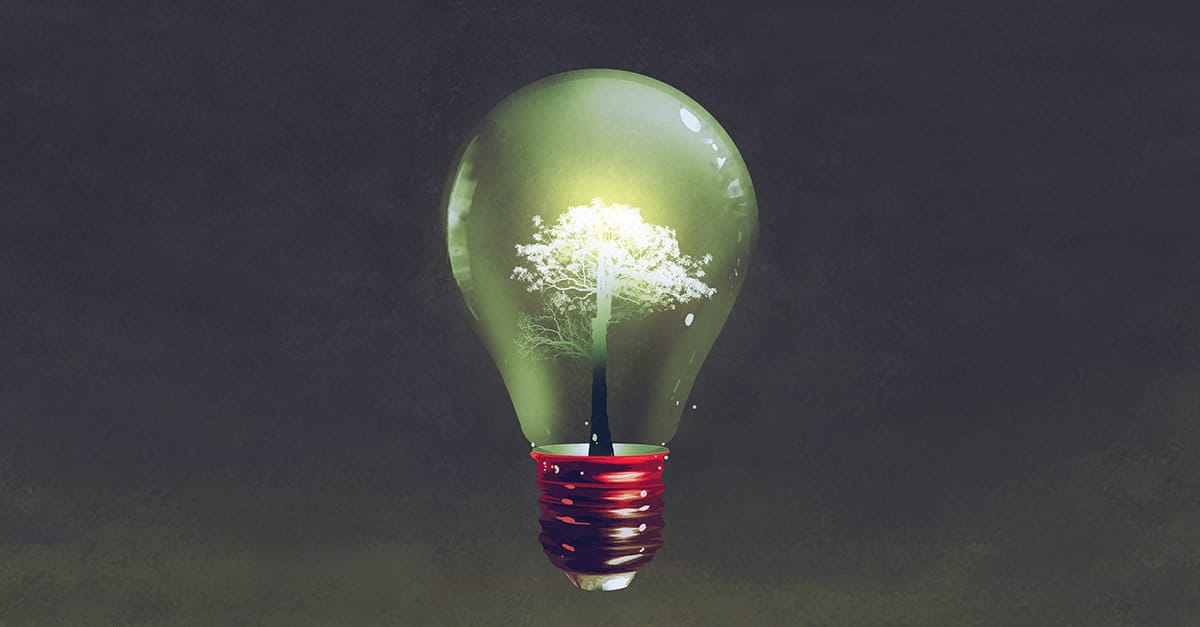Innovation Doesn’t Boom Until Someone Proves It Works

Confidence, Proximity, and Why Real Breakthroughs Often Wait for the First Visible Success
Multi-agent systems are suddenly everywhere in software development. Tools like Anthropic's Claude showed the world something remarkable: groups of autonomous AI agents can actually work together to write, debug, and even refactor code—effectively.
The reaction was instant. Dev tool makers, startups, and open-source communities raced to launch their own agent frameworks. It felt like an explosion.
But here's the puzzle:
If multi-agent systems are so potent, why is this boom only happening in programming? Fields like law, medicine, education, or logistics remain relatively quiet. Is the tech not ready?
The answer isn't technical feasibility.
It's about confidence.
The Hardest Part Isn't Building the Thing—It's Believing the Thing Can Be Built
Think back to World War II. Most global scientists doubted an atomic bomb was even possible. The physics was mind-bending, the engineering pure speculation.
Then the U.S. did it.
Suddenly, everyone knew it could be done. Even without the blueprints, the certainty was there. That shift—from "maybe?" to "absolutely!"—ignited a global race for replication and investment.
It wasn't just the technology. It was the proof.
The same holds true today. One working demo—no matter how rough—moves an industry further than a stack of whitepapers or a mountain of speculative think pieces. Seeing is believing.
Confidence Spreads Like Wildfire—Especially Close to Home
Confidence doesn't just come from success. It comes from who succeeds.
When a distant genius pulls off the impossible? Impressive. Admirable, even.
But when your quiet neighbor—the one you chat with over the fence, the "regular person"—suddenly makes something work?
That lands differently.
Instead of "Wow, that's amazing," we think, "Wait... if they can do it, maybe I can too."
This shift is profound. It explains why innovation so often clusters geographically. One local success becomes a living, breathing billboard: "This path works!" Others jump in, resources flow, and a mini-explosion happens.
This isn't unique to one place. Globally, waves of innovation follow when someone "like us" proves it's possible:
- Silicon Valley's startup culture: It didn't start with billionaires. It started in the 80s and 90s with regular engineers, even college dropouts, proving software businesses could scale fast. Once that belief took root, founders poured in, fueling the tech boom we know.
- Airbnb hosts, YouTube creators: People didn't rush in after reading reports. They joined because they saw neighbors or friends making real money—tangible success that felt attainable.
- Craft beer (US), artisan coffee (Australia): In countless cities, once one indie brewer or roaster found an audience, a wave of similar businesses bloomed nearby. Not from copying, but from confidence: "If they did it here, why can't I?"
It wasn't a lack of ideas or ambition before.
It was the lack of a visible, credible proof point—especially one close enough to touch.
"No One's Doing It" Doesn't Mean "It Can't Be Done"
We look at fields ripe for disruption—legal AI automating contracts, research tools streamlining discovery, AI healthcare assistants—and often think: "If this was valuable, someone would have done it already."
That's flawed logic.
Often, no one's doing it because no one's proven it yet. There's no blueprint, no spark of confidence. The risk feels too high, the path too dark.
Then—someone builds a working prototype.
Suddenly, competitors appear. Investors lean in. Communities buzz.
Within months, what seemed like a fringe idea becomes inevitable.
Your Mission (Should You Choose It): Be the Proof
For entrepreneurs, product leaders, engineers—here's the core truth:
You don't need to be the best. You need to be the first to prove it.
Your job isn't always to perfect the idea. Sometimes, it's simply to stand up and show:
"Look. This can be done."
This means:
- A scrappy demo beats a slick slide deck. Show, don't just tell.
- A functioning prototype builds more belief than a hundred market reports. Make it real.
- Being visible—even imperfectly—can light the fuse. Don't wait for perfect. Launch, learn, show progress.
The Spark
Innovation doesn't ignite when an idea is born.
It explodes when someone—anyone—shows it works.
So stop waiting for permission. Stop waiting for external validation.
Build something that makes others believe.
Because once they see the proof, they'll follow. And that's when the real magic happens.